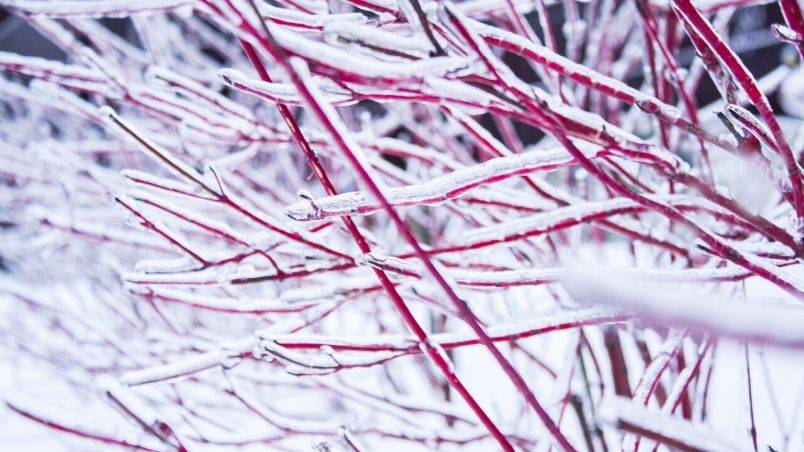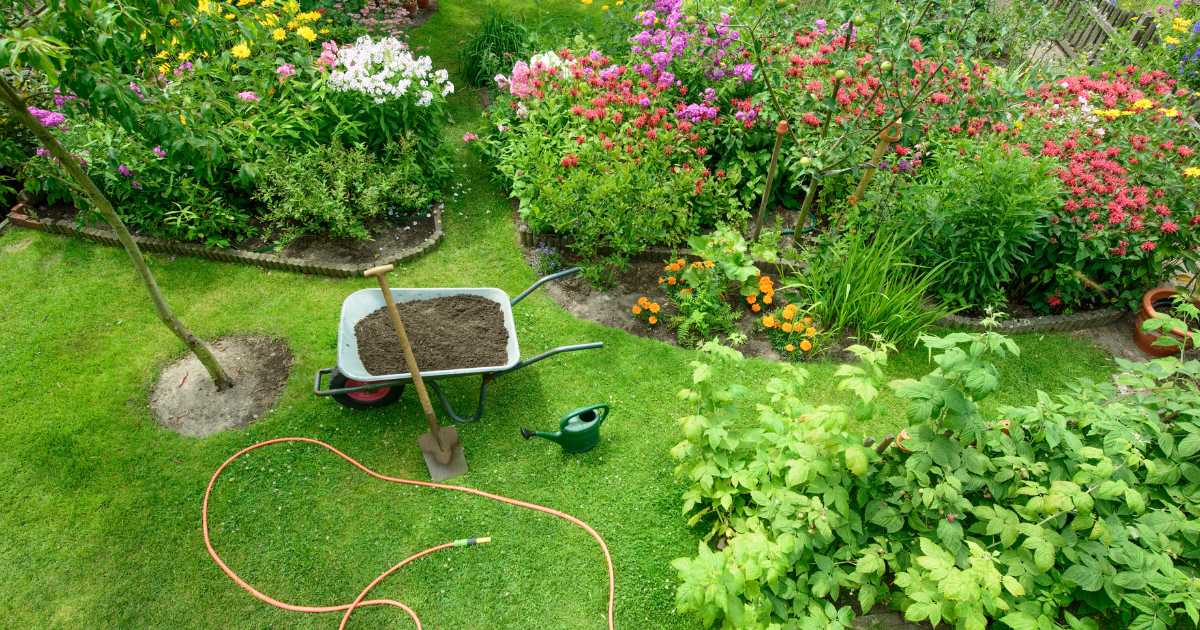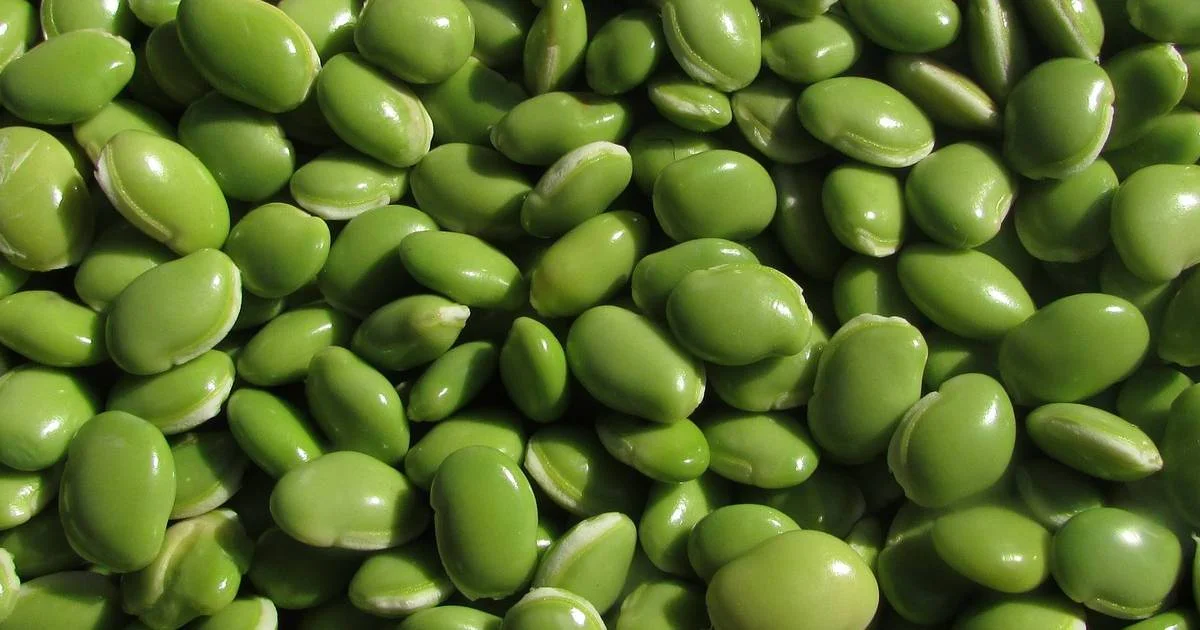Gardening is an exercise of continuous investment: plant now, enjoy later. It is a logic that gardeners understand well, but often lose sight of toward the end of the gardening season. This is misguided, as Canadian gardeners would know that winter is the most challenging time of year in the yard.
Right now the timing is perfect to make one last investment in your garden for the season: winterizing. Come spring, the rewards will be tremendous if you follow these steps.
Plant spring-flowering bulbs
Spring-flowering bulbs are the ultimate testament to this ethos of thinking ahead—we only see their bright colours to herald spring if we think to plant them in the fall. It is probably too late to plant daffodils and narcissus, as they require about six weeks of frost-free soil to put roots down before the winter. However, tulips, crocuses and hyacinths will perform well, provided the soil isn’t too frozen to get them in the ground. An added benefit: Many retailers have discounted what is remaining of their bulb inventory to make way for Christmas merchandise—a perfect opportunity to load up.

Get wrapping
Cedars and junipers like being cozy, so wrap them with two layers of burlap to avoid brown foliage by spring. The first layer protects against wind damage; the other protects against snow and salt. The yew’s wrap is supported by 5 by 5 cm (two by two inch) stakes that are hammered into the ground, which also help prevent breakage from snow or ice load.
Roses such as hybrid-tea, grandiflora and floribunda also like to be cozy,so mound 60 to 80 cm (24 to 31 inches) of clean soil or triple mix over the base of each plant. Only prune if they are so high that they risk blowing over in high winds; otherwise, wait until spring so you can assess the winter damage and prune accordingly. If you have a mounding, miniature or shrub rose, you are off the hook for mounding.

Prepare your lawn
The lawn wants a bedtime snack. That’s right, this is the time of year that the lawn is sending natural sugars to the root zone that will make it healthy and green next spring, and that helps minimize snow mould, white powdery mildew and brown spot during the thaw. Despite popular wisdom, this is actually the most important application of fertilizer all year. Go with a fertilizer that is more balanced toward potassium (the third number on the bag), such as a 12-0-18.
Love your evergreens
Broadleaf evergreens, such as rhododendrons and holly, as well as yews, will benefit from an anti-desiccant foliar spray to minimize damage from the very dry winter air. Wilt Pruf works well, and what you have left over can be used on your live Christmas tree to help it hold its needles and minimize the risk of fire.

Protect young fruit trees
Rabbits, mice and rats are going to be hungry this winter, and your young fruit trees are a perfect target for them. Wrap a spiral-shaped plastic protector around each tree for the first five or six years, until the plant is thick enough to defend itself against these hungry vermin. Crabapples and flowering cherries should also get this treatment, as the critters don’t know the difference. Maybe they do look the same at ground level…

Look after the birds
Birds require housekeeping, so clean out your feeders and birdhouses. Remove any abandoned nests and use warm soapy water to scrub away any residues that might harbour disease. We provide food and shelter to our feathered friends because we love them, but too often neglect of these facilities can put them in danger. Now is a good time to keep house, so you’re ready to welcome them back in the spring.

Store your lawnmower
The power lawnmower, if you haven’t switched to electric, gets drained of fuel so it doesn’t go gummy in the carburetor over the winter. After you’ve drained the tank, let it run until the last residue has been purged from the lines, then unplug the spark plug. Clean the deck by scraping off dried grass and wiping it down with an oil cloth to prevent corrosion. It’s also a good time to remove the blade for sharpening. If you have a four-stroke, you might as well wait until spring to change the oil—it will be fresher that way. Speaking of mowers, it might be a good year to put a cordless electric mower on your Christmas list. It would allow you to skip many of these steps, and the battery technology has come a long way in recent years.
Water well
Give your plants one last drink before bed, because,unlike us, they won’t have to wake up at 2 a.m. to use the washroom. In fact, roots are happier frozen in ice than in dry soil, so make sure you water deeply and pay attention to those plants that are under the eve and soffit of your home, which might have missed out on rainfall. We still like weeping hoses as the most efficient means for watering roots deeply, or consider getting a root-watering attachment. The root waterer looks like a spike that gets inserted into the soil and sends water directly to the root zone, so less water is lost to runoff.
Don’t forget the pots
Bring in the pots and scrub them with a stiff brush to remove any hardened soil. If you don’t have anywhere to store them inside, make sure they are turned upside down so they do not fill with wet soil and freeze. When the soil freezes, it expands, cracking most plastics and clay. We have lost too many planters and pots this way.
Spread the compost love
Composting is a year-round endeavour, and now is a good time to spread the finished compost from your composter onto your beds so that the earthworms can pull it down into the soil for early spring, converting it to nitrogen-rich worm castings. Leave some compost in the composter to accelerate the decomposition of new matter, such as the leaves you raked off your garden this fall and the kitchen scraps you will add over the winter. Think of it like starter for sourdough bread.
Check your soil
Get a soil test kit and gather a sample before the ground freezes. Knowing where there are deficiencies in your soil will allow you to make corrections in the spring to improve your harvest for next year.
With these considerations taken today, you are setting yourself and your garden up for prosperity come springtime—time and energy well spent.
Mark Cullen is an expert gardener, author, broadcaster and tree advocate and holds the Order of Canada. His son, Ben, is a fourth-generation urban gardener and a graduate of the University of Guelph and Dalhousie University in Halifax. Follow them at markcullen.com and facebook.com/markcullengardening and catch them biweekly on Global TV’s national morning show, The Morning Show. markcullen.com
Mark Cullen is an expert gardener, author, broadcaster and tree advocate
and holds the Order of Canada. His son, Ben, is a fourth-generation
urban gardener and a graduate of the University of Guelph and Dalhousie
University in Halifax. Follow them at markcullen.com, @MarkCullen4
(Twitter) and @markcullengardening (Facebook) and look for their latest book, Escape to Reality.
Follow them at markcullen.com, @MarkCullen4, facebook.com/markcullengardening and biweekly on Global TV’s national morning show, The Morning Show.













